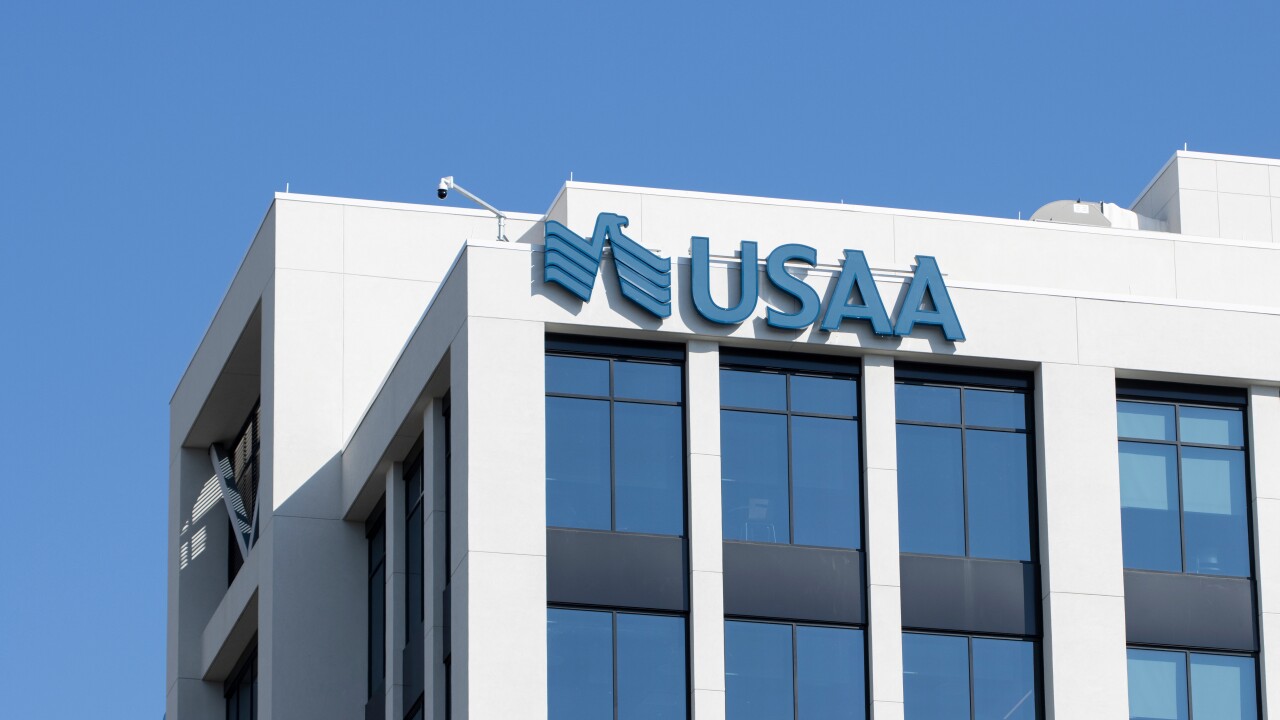
Today, the high cost of accepting credit card fees is a burden, especially for small businesses. Instant payments can reduce costs while allowing banks to keep interchange fees and consumers to maintain loyalty points, ensuring
The user experience for
The U.S. has two instant payment rails. What's needed now is a unified standard for encoding payment info in QR codes and NFC to enable widespread adoption.
Payment QR codes enable secure, seamless digital transactions, unlike URL QR codes, which are mainly used for information sharing. Payment QR codes contain all the necessary details to complete a transaction without requiring users to disclose sensitive information like bank account numbers or phone numbers.
For NFC and QR codes to drive widespread instant payment adoption, a unified standard is essential. The hardest part — establishing instant payment rails — is already done, with at least two available in the U.S.
If every financial institution encodes the QR code with the same information in the same way, then any financial institution can decode it and process the payment automatically. No one has to share their financial account information because those details would be embedded consistently in the QR code.
An industrywide standard for QR codes, combined with both instant payment rails available in the U.S., would allow developers, banks, merchants and others to build solutions and create transactional experiences that make payments faster, simpler and cheaper for everyone.
Section 1033 promised to increase competition in banking and improve the ability to offer novel payment methods, but experts say the regulation isn't clear enough to have a major impact.
QR codes were initially the primary option for mobile payments because NFC was not accessible to third-party apps. But, the same standard can support both methods for making mobile payments: QR codes for e-commerce and billing, and NFC for in-store transactions.
The U.S. needs a clear standard that outlines the format, specifications and required information for generating QR codes or processing NFC payments.
This initiative, essential for the future of financial services, should involve stakeholders from banks (large and small), credit unions, fintechs, payment service providers and networks. It's important that banks contribute by sharing the instant payment use cases they plan to support.
Financial institutions should consider customer demographics and how real-time transactions via NFC or QR codes can be streamlined. They should also think about the user interface for mobile banking when a customer uses these technologies.
Fintechs and payment service providers must evaluate how these standards will impact consumer interactions with banks and merchants. For example, enabling a consumer with any bank or credit union account to pay a merchant with an account at a different financial institution is key to the payment experience.
Fortunately, ASC X9, an organization accredited by the American National Standards Institute, has already introduced an
Thanks to The Clearing House and the Federal Reserve, the U.S. has two phenomenal instant payment rails. Modern technology like QR codes can make it easy for consumers and businesses to send and receive payments instantly. And, a standard will create interoperability. This will drive volume through FedNow and RTP to make payments more efficient and cost effective for everyone.






